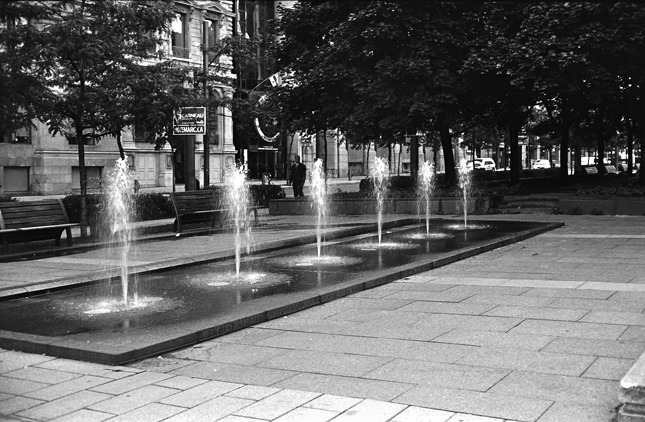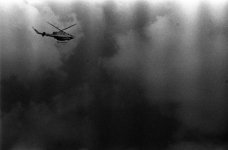I have had much success with XP-2 (>10 rolls) and Rodinal Stand method, however, I have been struggling with other films with this method. I sort of traced it to the room temperature water that I use for development, which is around 30Celsius, this produced grainy pictures, especially large ones in Tri-x.
My proudest picture with Stand Dev and XP2:
I also observe that Ilford films tend to develop more evenly with the Stand Method, films from Delta (100, 400, 3200) and HP5, FP4 and even PANF400 with its big grains. Lucky 100 and Legacy Pro films developed okay.
FIlms that were patchy to me were APX400, Acros100, TMAX, TRIX and BW400CN produced fog in the photos probably due to not using the C41 process.
To be fair, I experimented with quantities and dlution, so some of the patchiness probably came as a result of a failed experiement. (For example, I tried 4ml of Rodinal with 600ml of water with 2 x 135 film. )
So far, my conclusions with stand development are:
* Due to the tropical heat, i can get acceptable grains only with lford XP-2 in Stand development.
* Agitation creates contrasts and grains. So gentle agitation is important
* For maximum edge sharpness (accutance?), 120mins without 30min agitation works best for ME, your mileage will vary.
An example of grainy patchy image from non-XP2 development:









